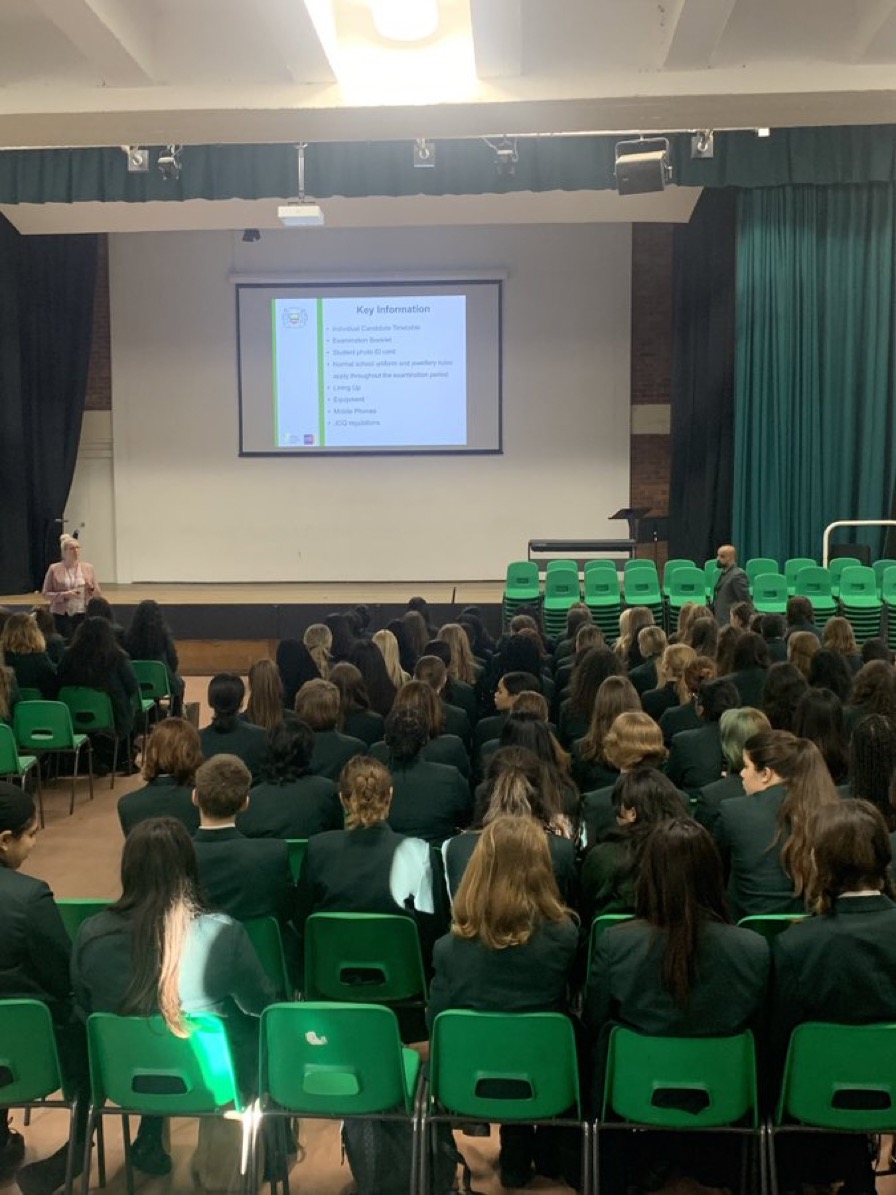Headteachers warn MPs they won’t have enough money for essential student amenities

Ahead of the 17 November autumn statement, headteachers are warning MPs that because rises in teacher’s pay and soaring energy bills, they are being forced to cut essential amenities like mental health services, essential building repairs, and school trips. This is even more dire for students who need these amenities most, as changes made to the National Funding Formula have meant that those in more affluent areas will receive more funding than those in more deprived areas of the country, further widening the attainment gap between the varying income brackets. A new report from the Centre for Progressive Policy (CPP) has found that closing the gap between the attainment levels in school of the students from the most and least deprived regions in England would effectively boost the UK economy by £14.4bn annually. This summer’s GCSE results have revealed the widest grade gap between economically disadvantaged students and their counterparts in almost a decade, and Figures from the Department for Education have shown that on average, students from disadvantaged households in low income regions half a grade lower on results than their peers from more affluent homes. The CPP warns that lack of funding in the most deprived areas will lead to productivity stagnation and economic decline for the future generation.
Amid the current cost-of-living crisis and the grade gap at the widest it’s been in a decade, new data from MyTutor – the UK’s leading tutoring platform – now unveils a paralleled gap between the UK’s upper-income and lower-income families, in terms of money spent on additional educational resources for their children. Today, upper/middle-income families spend an average of £1,216 on their children’s education, yet this figure is almost halved for lower-income families, who spend an average of £615. This new data highlights that the need for free learning resources has never been more prominent, with many families unable to afford to stop the grade gap widening. As such, MyTutor – the UK’s most trusted tutoring platform – launches ‘MyTutor Squads’, offering all students free online tutoring classes throughout the autumn term.






